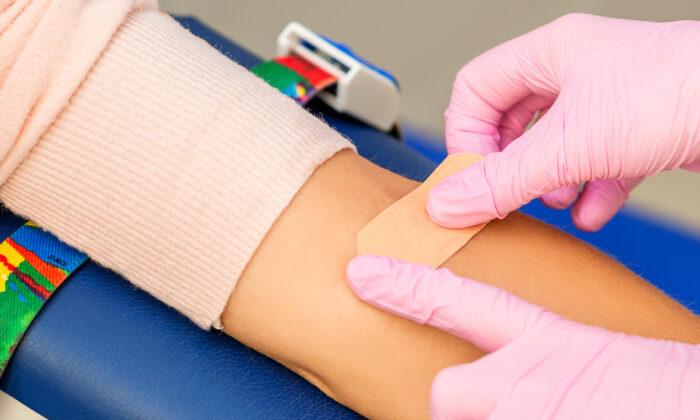A blood test may help determine if nodules detected during CT scans are lung cancer, researchers report.
Annual screenings of patients at high risk for lung cancer can catch tumors early and improve a patient’s long-term prognosis. However, low-dose computer tomography (LDCT) has a high false-positive rate that can lead to unnecessary biopsies.
“When we collected the samples from the patients in our study, we found CTCs in all 90 patients with NSCLC, none of the patients in the control group, and in 29 of 37 patients with suspicious nodules,” Kaifi says. “We also found TMF cells in some NSCLC patients, and those were not present in patients with benign nodules.”
However, Kaifi’s team found that the rarity of TMF cells may make them unsuitable biomarkers for early cancer detection. Only 48% of patients with NSCLC tested positive for giant TMF cells. The next step is to conduct a prospective, large-scale, multicenter clinical trial to validate the role cellular liquid biomarkers play in improving diagnostic accuracy.
“This study demonstrated that integrating cellular liquid biomarkers, CTCs, and TMF cells into standardized LDCT screening protocols can improve accuracy of NSCLC detection in high-risk patients who have nodules detected by LDCT,” Kaifi says.
Research reported in this publication was supported by an Ellis Fischel Cancer Center Pilot Award and funding from the Department of Veterans Affairs. The content is solely the responsibility of the authors and does not necessarily represent the official views of the funding agencies.





